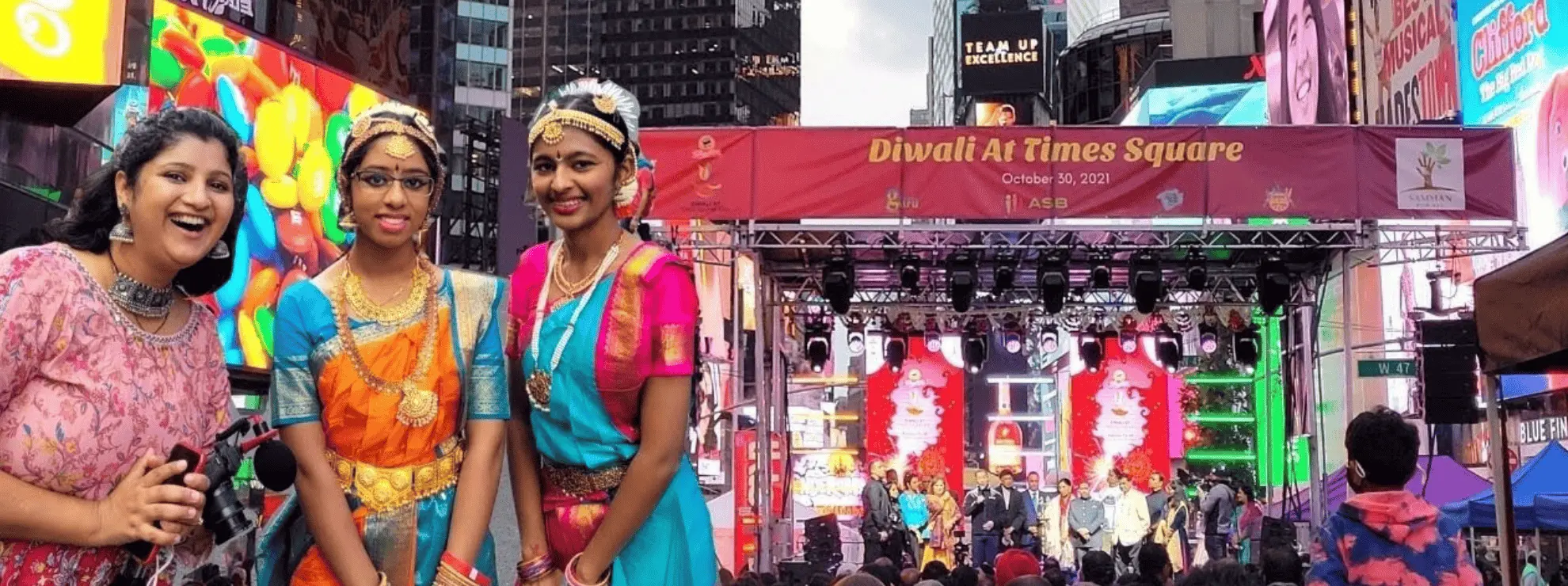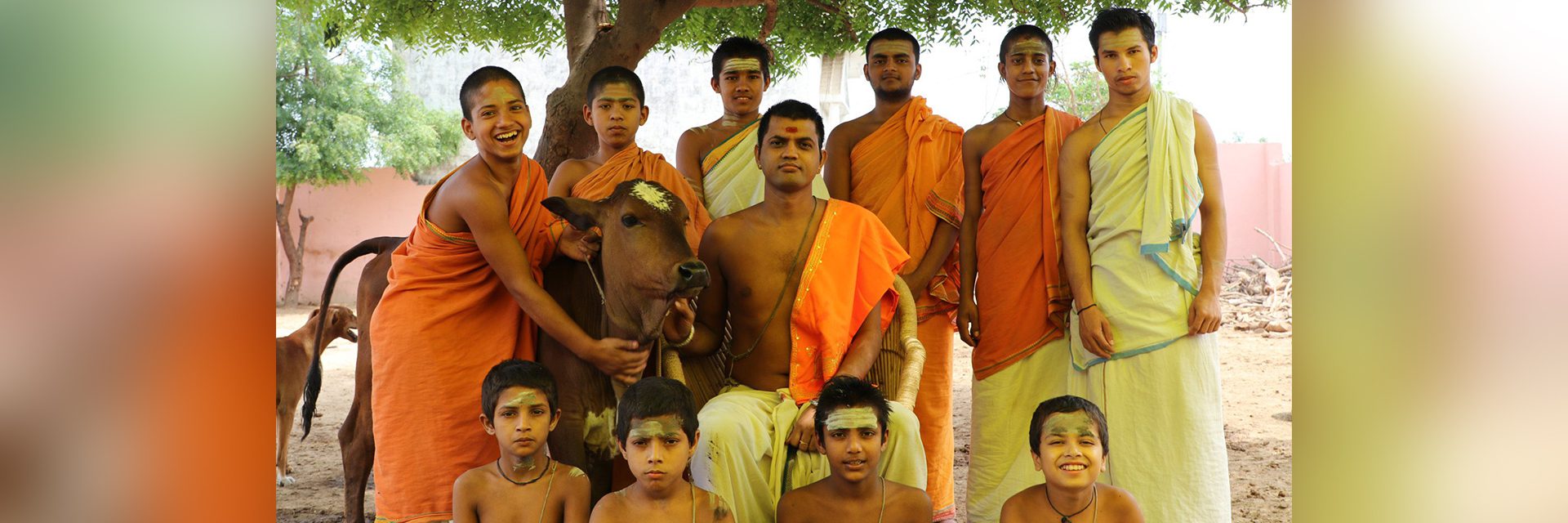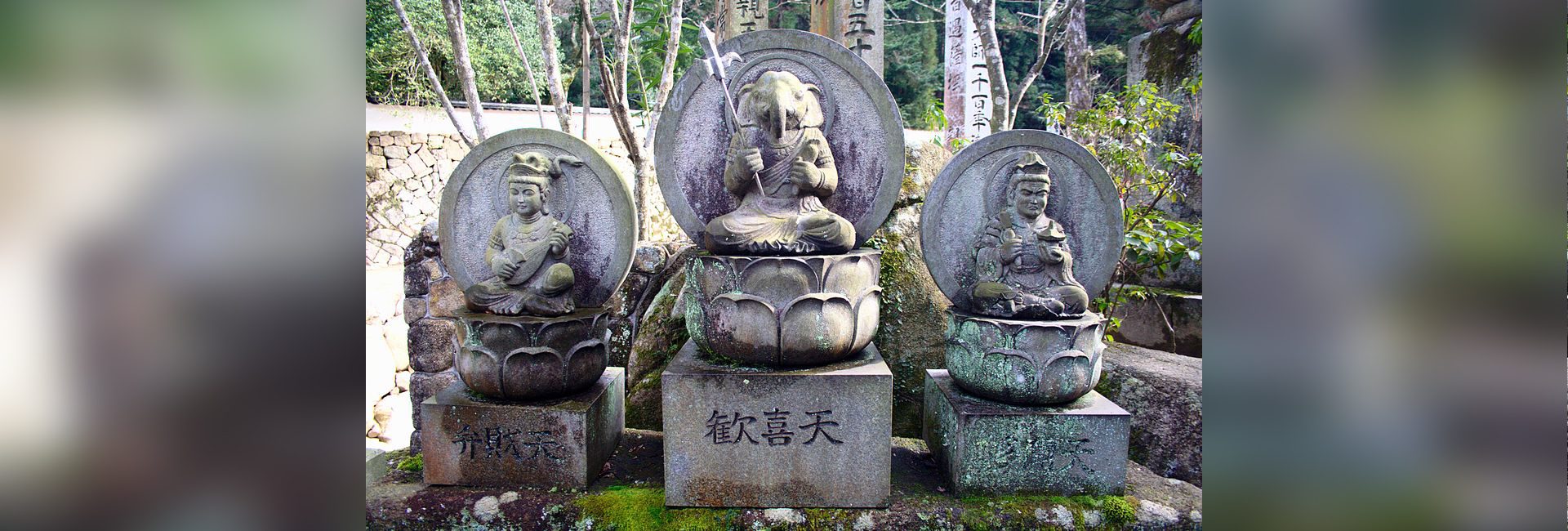(October 31, 2024) It’s that time of the year again, when millions of people across the world come together to light up their homes with lamps and candles, for prayers and celebrations. It’s Diwali — the Festival of Lights — which has the 35.4 million-strong Indian community abroad prepping up for vibrant celebrations, symbolising the triumph of light over darkness and good over evil. The beautiful festival of lights has become a symbol of Brand India around the world, and today, is celebrated widely, not just by Indians. For instance, US President Joe Biden already hosted the annual Diwali event at the White House which was attended by more than 600 eminent Indian-Americans and NRIs, including Congressman Shri Thanedar, US Surgeon General Vice Admiral Vivek H Murthy and Gita Gopinath, the First Deputy Managing Director of the International Monetary Fund (IMF).
Similarly, a lively Diwali celebration also erupted in the heart of Times Square, New York City where a diverse group of Indian community members and American citizens came together to honour the festival of lights. The iconic location in Midtown Manhattan was transformed into a kaleidoscope of colours, showcasing the rich culture and unity of the Indian community. The event featured prominent attendees, including New York Mayor Eric Adams. It is a heartwarming indication of the great Indian success story – NRIs have not just managed to assimilate and become part of a new culture, they have brought their own to the world, making it a time of joy and togetherness. Global Indian takes a look at how NRIs gear up for the festive season.

New York Mayor Eric Adams celebrates Diwali with the Indian community
Indian values
“I believe that people here hold more Indian values than many people living in India. Celebrating culture, dressing up, doing rituals during Diwali is something all Indians abroad look forward to,” smiles San Francisco-based serial entrepreneur Neena Pandey, while speaking to Global Indian. Having grown up in the enchanting city of Varanasi, Neena says Diwali is celebrated in a huge way in San Francisco Bay Area.
“There are many Indians here and many host parties. There are Diwali fairs where vendors sell things from Indian clothing to jewelry to pooja items, home decor and much more,” says Neena, founder and CEO of The String Code, a luxury fashion brand and a member of the Forbes Business Council.
Once an outspoken marketing executive in Silicon Valley, Neena, who previously worked at Adobe Systems, Sun Microsystems among others, says many companies also have Diwali parties. “Silicon Valley is very diverse and like a mini India. All the major tech companies are here, many of whom have Indian CEOs and a big Indian work force. Therefore, the celebrations are grand,” she says.

Diwali at the White House
Diwali in UK
In UK too, grand Diwali celebrations is on the cards. After all, there are 250,000 Indians who live across UK. Vijay Goel, Senior Partner at Singhania & Co, London recalls how he and his family, friends have been attending various Diwali events since the year 2000.
“Diwali celebrations in London are getting bigger and bigger each year. For our first Diwali party, we invited the Queen of UK to our house as we were her neighbours. We told her about Diwali being the biggest indian festival and how we celebrate. We were delighted when she sent across a reply wishing us a happy Diwali,” recalls Vijay, who is all geared up for celebrations this year.
The Goel family is hosting a dinner for friends and colleagues which is likely to be attended by some of the top businessmen and who’s who of UK. During the previous Diwali celebrations, they hosted dinner for 400 guests and invited Bollywood singers as well.
Fresh start
“Our Diwali celebration begins with the thorough cleaning of our home, an act that symbolizes a fresh start and readiness to receive blessings. As dusk falls on Diwali, we light numerous diyas and candles, casting a warm glow throughout our home, symbolizing the triumph of light over darkness,” informs Shankar Devarashetty, CEO, Oasis Accountants and Entrepreneur, London.

Diwali in 10 Downing Street, with former PM Rishi Sunak
The centerpiece of his celebration is the Lakshmi Puja, a serene and sacred moment where the family unites to seek prosperity and well-being for the year ahead. “The air is fragrant with incense, and the recitation of mantras adds a profound sense of peace to the atmosphere,” he says.
Culinary delights are a major highlight, with an array of traditional sweets like ladoos and barfis and savory treats that Shankar shares with family and friends. This sharing is more than just about food; it’s a celebration of togetherness and joy.
“We participate in or organize gatherings that might include cultural performances, dazzling fireworks, and festive music. It’s a wonderful time for everyone in the community to come together, regardless of their backgrounds, to revel in the festivities,” says Shankar adding Diwali also prompts them to reflect, express gratitude, and extend a hand to those less fortunate, embodying the spirit of generosity that the festival stands for.
Meaningful Time

Diwali in Leicester, UK
NRIs in the UK also find themselves surrounded by warmth and festive cheer. “Diwali is such a meaningful time for us as a family, no matter where we are. It’s the festival that truly brings light, warmth, and joy into our lives. We go all out to recreate the festive atmosphere we grew up with in India,” says Sashidhar Bacchu, Founder & CEO Sriven Solutions Ltd, Bedford city, UK,
Every year, he says, they set up traditional decorations—rangolis, diyas, and vibrant lights that fill his home with a festive glow. “We make sure to perform the Lakshmi Pooja together, keeping the rituals alive for the next generation. Diwali is also a wonderful time to connect with other families in the community. We often host or attend gatherings where we enjoy homemade sweets, exchange gifts, and sometimes even organize cultural performances,” he says. Above all, says Shashidhar, it’s heartwarming to see everyone come together with such joy and enthusiasm, making Diwali feel just as vibrant and meaningful as it did back home.
Dubai dazzles
The celebrations are no different in Dubai. Karma coach and author Tamanna C who lives in Dubai is among the many Indians who is looking forward to the celebrations.
“The Indian community abroad is very conscious of staying in touch with their roots especially when it comes to teaching values and traditions to their children. Diwali celebrations is usually close knit where people spend time in each other’s house hosting get togethers and also doing something where children are involved,” she says.

Diwali in Dubai
Tamanna says she, like all Indians in Dubai, celebrates Diwali with the same zeal as they do in India. “Cleaning of the house, Laxmi puja and visiting the gurudwara and the temple is a must. This is followed by get together at a friend’s house for dinner and cards,” informs the author.
Holiday
It’s not only New York, the main main day of the festival of Diwali (the day of Lakshmi Puja) is an official holiday in Fiji, Guyana, Malaysia, Mauritius, Myanmar, Nepal, Singapore, Sri Lanka, Trinidad and Tobago.





